Known as the home of maple syrup and the infamous Niagara Falls, Canada is filled with diverse people and landscapes. Major cities Toronto and Vancouver have transformed into international hubs, bringing in people from around the world to live and visit. As you move outside the cities, Canada’s countryside boasts stunning lakes, mountains, and whale-watching along the coast.
As you would for any international trip, you must ensure your electronics will work with the outlet types in Canada. Below, you’ll find all the details on how to use the power outlets in Canada and whether you need a power adapter or voltage converter for your trip.




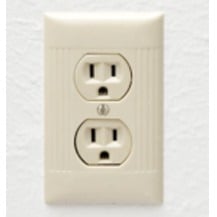
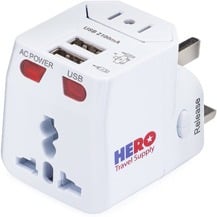






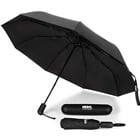





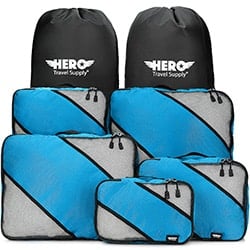


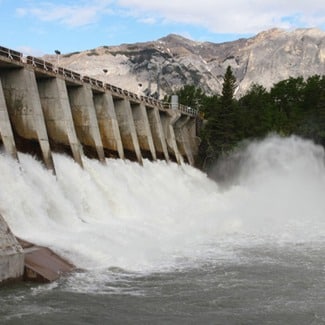 Canada has a reliable power grid. Blackouts and power outages are uncommon, and in the rare case they happen, it’s usually due to extreme weather. Parts of northern Canada are remote, such as the Northwest Territories and Yellowknife.
Canada has a reliable power grid. Blackouts and power outages are uncommon, and in the rare case they happen, it’s usually due to extreme weather. Parts of northern Canada are remote, such as the Northwest Territories and Yellowknife.


